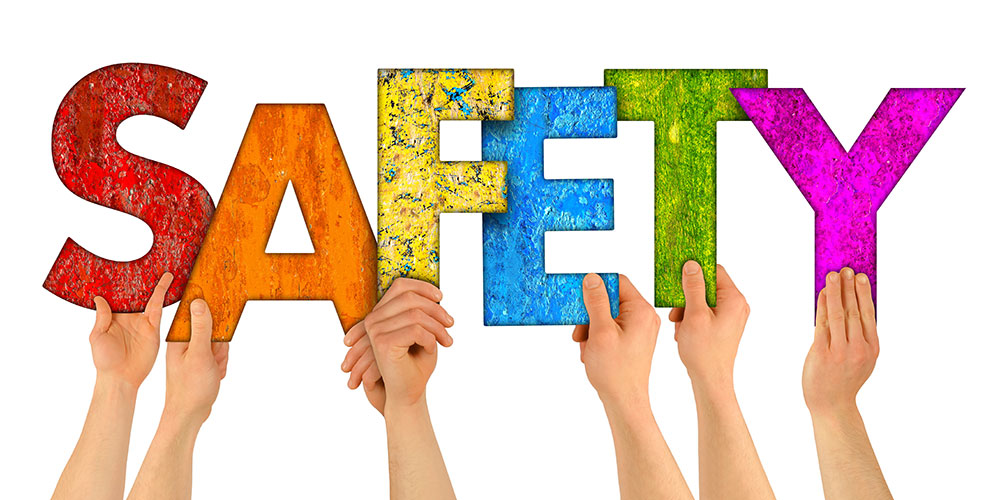The increase in school shootings has gripped communities across the United States. Parents, educators, school boards, and policymakers are doing all possible to protect against the unimaginable and searching for solutions to make schools safer.
Single-point solutions can be helpful, but all have vulnerabilities. A layered approach creates synergies across solutions, allowing mathematical reduction of risk and improved ability to deter, detect, delay, and even defend against nefarious threats.
A layered approach to making schools safer leverages technology as a force multiplier for school security personnel. By design, a layered security model can extend a school’s security perimeter to identify potential threats before they enter the building. Remote camera monitoring informed by weapon detection algorithms can detect threats in the parking lot or playground. Veteran military and law enforcement apply their skills to confirm a threat triggering a prepared response sequence which includes notifying 911, school security, and leadership within seconds of detection.
In a world where threats to our children’s safety are tragically persistent, a multifaceted strategy can make schools safer.
Extending and Defending the Perimeter
One critical aspect of school safety is extending and defending the school’s perimeter. This begins by creating a buffer zone to deter potential threats before they even reach the building. A strong buffer zone encompasses fencing, access control points, digital monitoring, and visitor screening processes to prioritize school safety even before they enter the building.
Another important step in defending a school’s perimeter is reducing the risk of unauthorized access to the school premises. Recent data shows almost all schools control access by requiring visitor check-in, entrance monitoring, or locking doors. However, even minor gaps can lead to major threats. For instance, only 73% of schools have classrooms equipped with doors that can be locked from the inside. These gaps represent vulnerabilities.
Active Monitoring and Weapon Detection
Schools should harness the power of technology as a security force multiplier. This includes artificial intelligence (AI) active monitoring and weapon detection. AI-driven surveillance systems are an effective layer in identifying suspicious behavior, weapons, and even concealed weapons in real time.
These AI systems use existing security cameras to detect guns and alert staff and first responders of identified threats. When a threat emerges, every second counts. By incorporating proven technologies, schools can delay intruders and accelerate security responses by alerting law enforcement and school authorities within seconds of an emergency.
Making Buildings Harder to Enter and Access
While continuous monitoring can help early detection, making the school building harder to penetrate adds another crucial layer of defense. Bullet-resistant glass and steel doors can help fortify entry points and delay attackers.
The National Institute of Justice (NIJ) sets standards for ballistic resistance. Bullet-resistant glass that meets these standards can withstand multiple rounds from firearms. While we always hope for the best, security and safety require us to prepare for the worst. Detecting and delaying nefarious actors buys time for students and officials to respond. The goal is to slow the attacker with layers of protection to deter, detect, delay, and even help defend against the threat.
The Importance of a Layered Approach
A layered approach to school safety is not about one-size-fits-all solutions; rather, it integrates multiple solutions into a comprehensive protective posture.
According to the FBI, of 51 school shooting cases that include data, the median response time was three minutes. The first goal of the layered approach is to identify would-be attackers before they engage through active monitoring and weapon detection. But when an active shooter situation arises, a layered approach from the parking lot to the classroom will delay an attack by extending and defending the school’s perimeter and allowing law enforcement to be notified as soon as the threat is identified.
Schools relying on a single security measure, such as armed guards, have not seen a significant decrease in school shootings. A comprehensive strategy that combines physical security enhancements with advanced technology and vigilant monitoring improves security effectiveness, delays potential assailants, provides rapid alerts to security officials and first responders, and helps minimize harm when an event occurs.
In a world where school security threats are sadly on the rise, it is essential we take proactive measures to protect our children. A layered approach can help deter, detect, delay, and defeat nefarious threats.
A layered approach is the best model for a safer school environment so our children and those who devote their lives to serving them can focus on teaching and learning. A school should be one of the safest places in the community. Let’s make it so.
Jim Traficant is chairman, CEO, and co-founder at Citadel, a health and safety technology systems integrator with a mission to deliver better environmental, physical, and mental health and safety solutions.







